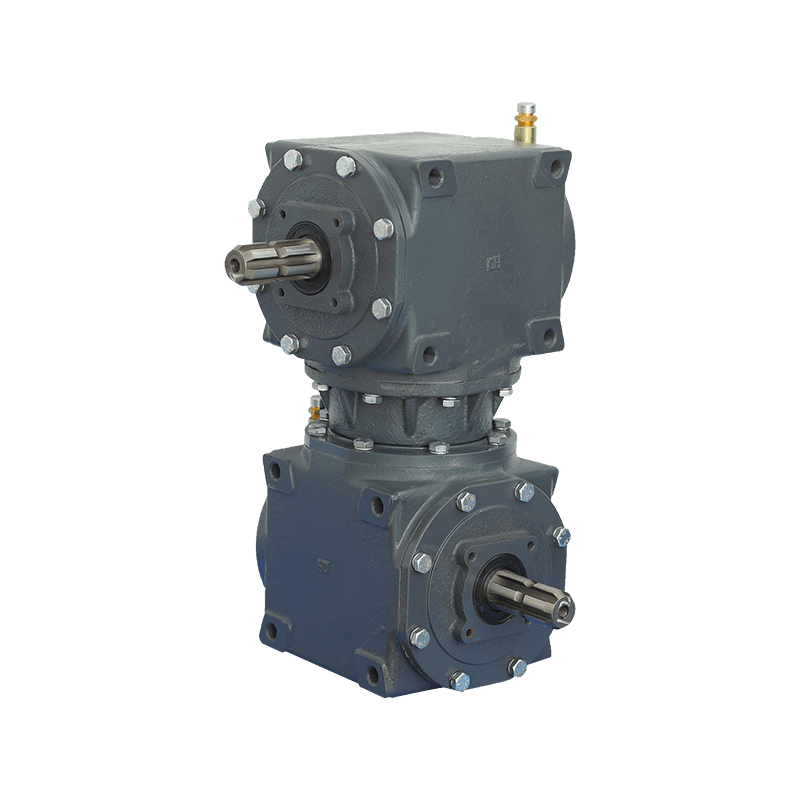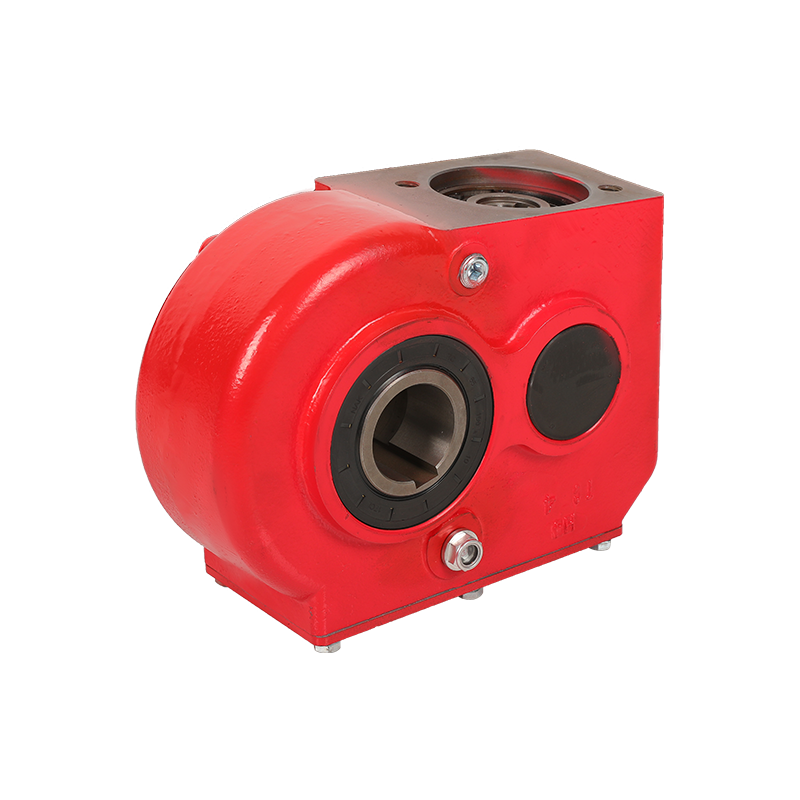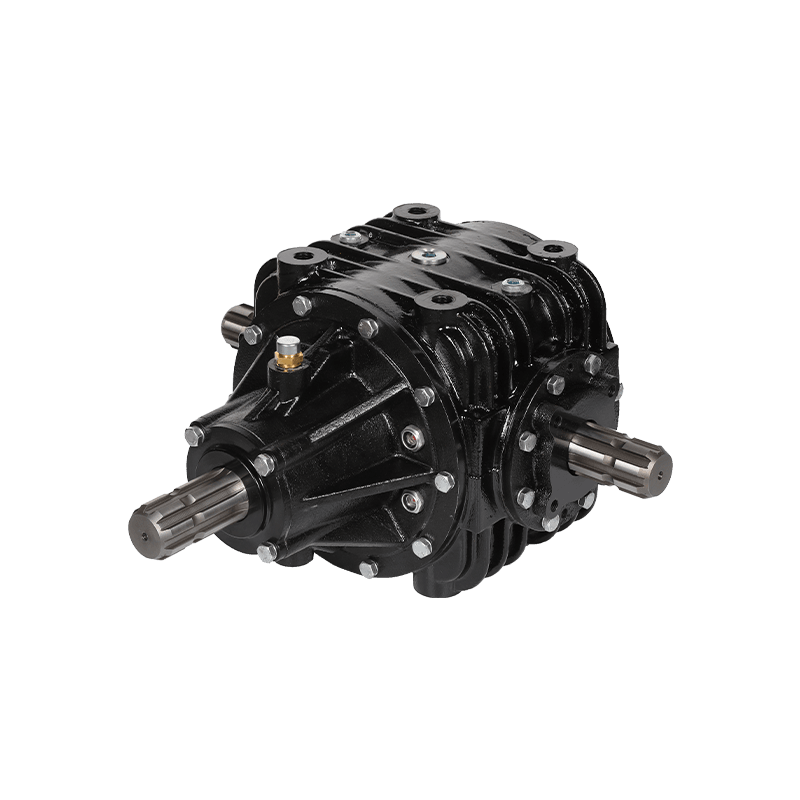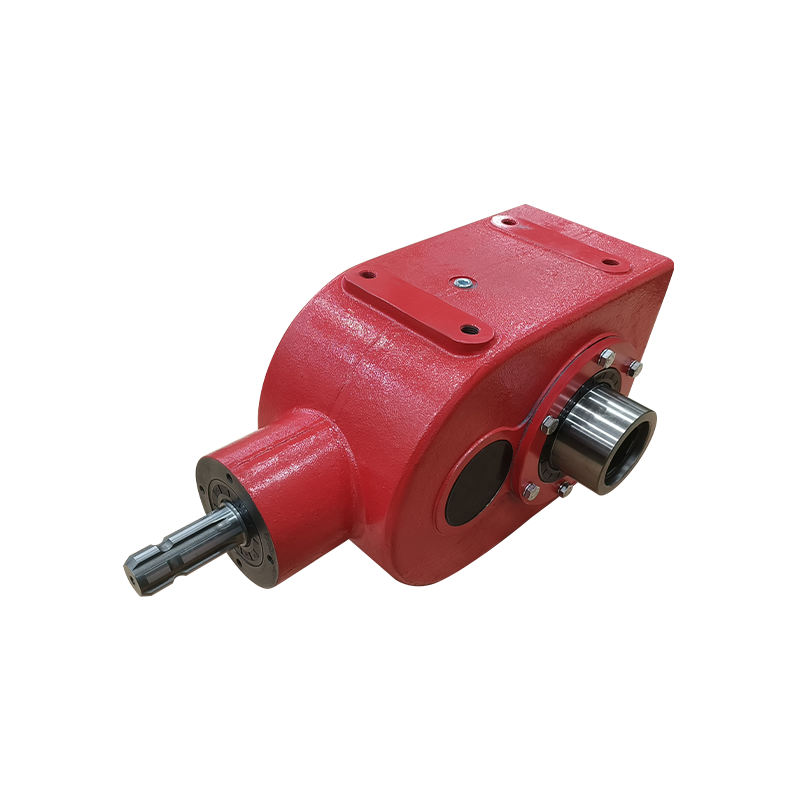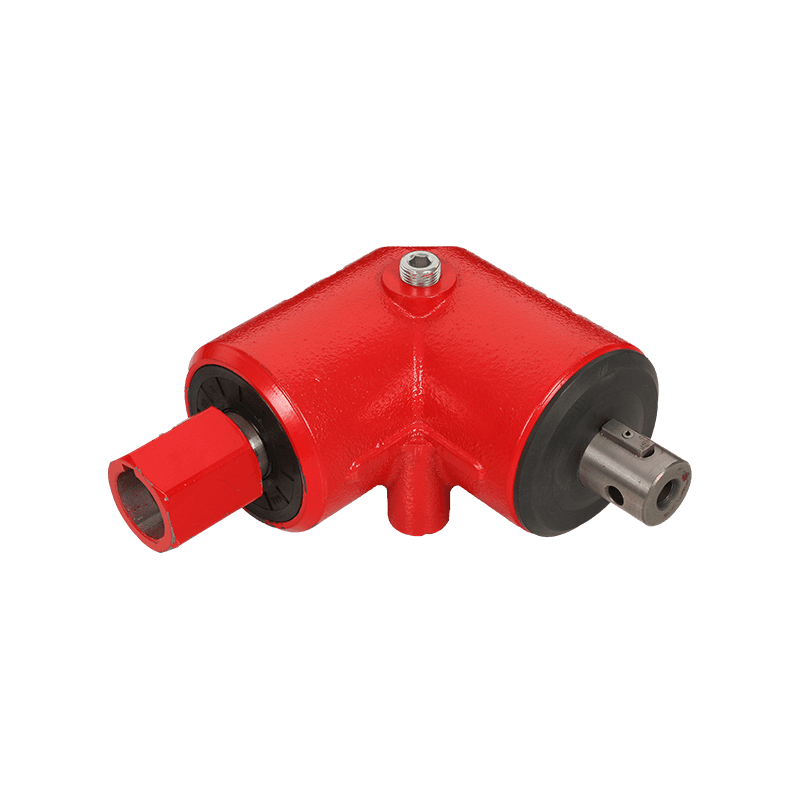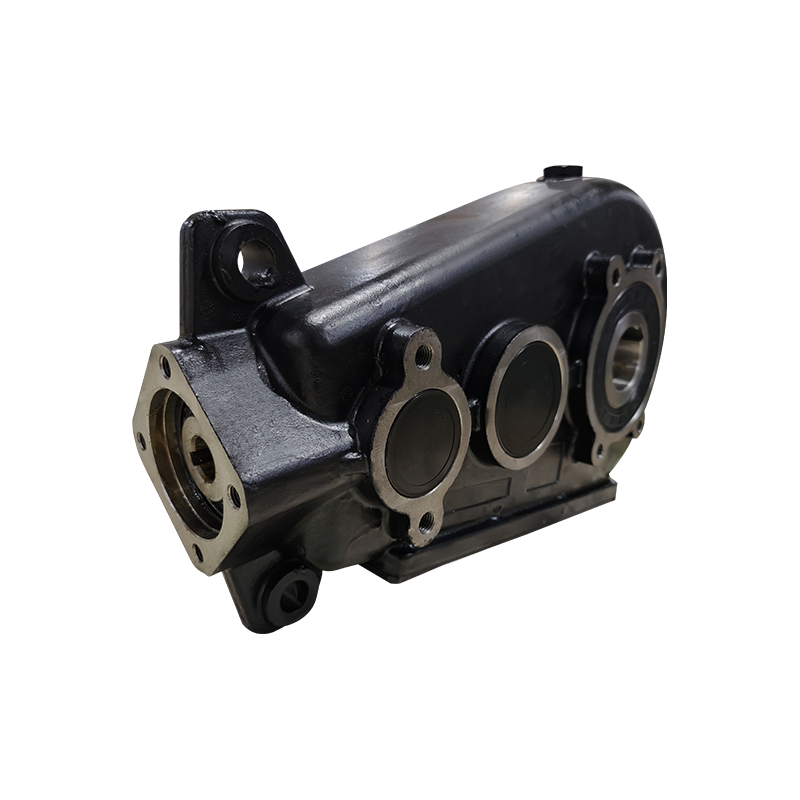Fertilizer spreaders are essential tools in modern agriculture, designed to distribute nutrients evenly across fields. A key component in these machines is the gearbox, which ensures that the spreading mechanism operates efficiently and consistently. Understanding how a fertilizer spreader gearbox functions can help farmers maintain uniform distribution, reduce wastage, and improve crop yield.
1. The Role of the Gearbox in Fertilizer Spreaders
At its core, a fertilizer spreader gearbox transfers power from the tractor or motor to the spreading mechanism. The gearbox controls the rotation speed of the spreader discs or rollers, which directly affects how fertilizer is thrown across the field.
Without a properly functioning gearbox, the spreader may deliver uneven application rates, leading to fertilizer hotspots or bare patches, both of which can negatively impact crop growth.
2. How Gear Ratios Affect Distribution
The gear ratio in a gearbox determines how fast the output shaft rotates compared to the input. In fertilizer spreaders, this ratio is carefully calculated to match the field speed with the desired application rate.
- Higher ratios reduce the disc rotation speed, allowing for heavier application.
- Lower ratios increase rotation speed, spreading fertilizer over a wider area but at a lighter rate.
By adjusting the gearbox ratio or selecting gearboxes with suitable ratios, operators can achieve precise control over the distribution pattern.
3. Types of Fertilizer Spreader Gearboxes
Most fertilizer spreaders use simple spur or helical gear systems, while larger or high-capacity models may include planetary gearboxes.
- Spur gearboxes are straightforward and cost-effective, suitable for small to medium spreaders.
- Helical gearboxes offer smoother operation and less noise, which reduces wear and tear.
- Planetary gearboxes are used for heavy-duty applications, providing high torque and uniform speed even under load.
The choice of gearbox influences not only efficiency but also the uniformity of fertilizer distribution.

4. Torque and Load Handling
A gearbox must transmit torque efficiently to ensure that the spreading discs rotate at a consistent speed. Uneven torque can cause variable disc rotation, leading to uneven fertilizer spread.
Modern spreader gearboxes are designed to handle variable loads, such as uneven field terrain or changes in fertilizer type, ensuring consistent operation. Some gearboxes include overload protection mechanisms to prevent damage when encountering blockages or heavy material.
5. Maintenance for Consistent Performance
Even the best-designed gearbox will fail to provide uniform distribution if not properly maintained. Key maintenance practices include:
- Regular lubrication: Prevents wear and ensures smooth rotation.
- Checking for wear: Worn gears can cause uneven disc speeds.
- Seals and housings: Keeping dirt and moisture out prolongs gearbox life.
- Alignment and calibration: Ensures input and output shafts are properly synchronized.
Routine maintenance reduces downtime and keeps the fertilizer spreader delivering nutrients evenly across the field.
6. Impact on Fertilizer Efficiency
A well-functioning gearbox ensures that fertilizer is applied at a consistent rate and uniform pattern, reducing wastage and improving crop growth. Uneven distribution can lead to over-fertilized areas, increasing runoff risk, or under-fertilized zones, limiting plant development.
By providing reliable control over disc speed and torque, the gearbox plays a central role in sustainable and efficient fertilizer application.
7. Practical Considerations
When selecting or operating a fertilizer spreader gearbox, farmers should consider:
- Field size and topography: Steeper or uneven fields require gearboxes that can handle variable loads.
- Fertilizer type: Granular or powdery fertilizers may require different disc speeds.
- Application rate requirements: Gearboxes should support the range of desired spreading rates.
- Ease of maintenance: Simple designs reduce downtime and repair costs.
These factors ensure that the gearbox contributes effectively to uniform fertilizer distribution.
Conclusion
The gearbox in a fertilizer spreader is much more than a mechanical link—it is a critical component that ensures consistent disc rotation, appropriate torque, and precise control over the application rate. Through proper selection, calibration, and maintenance, a fertilizer spreader gearbox can significantly improve the uniformity of nutrient distribution, enhancing crop yield and reducing resource wastage.
Understanding the mechanics and role of the gearbox allows farmers to make informed decisions, ensuring that every pass across the field delivers fertilizer efficiently and evenly.



 English
English 中文简体
中文简体 عربى
عربى русский
русский Español
Español




